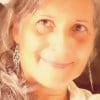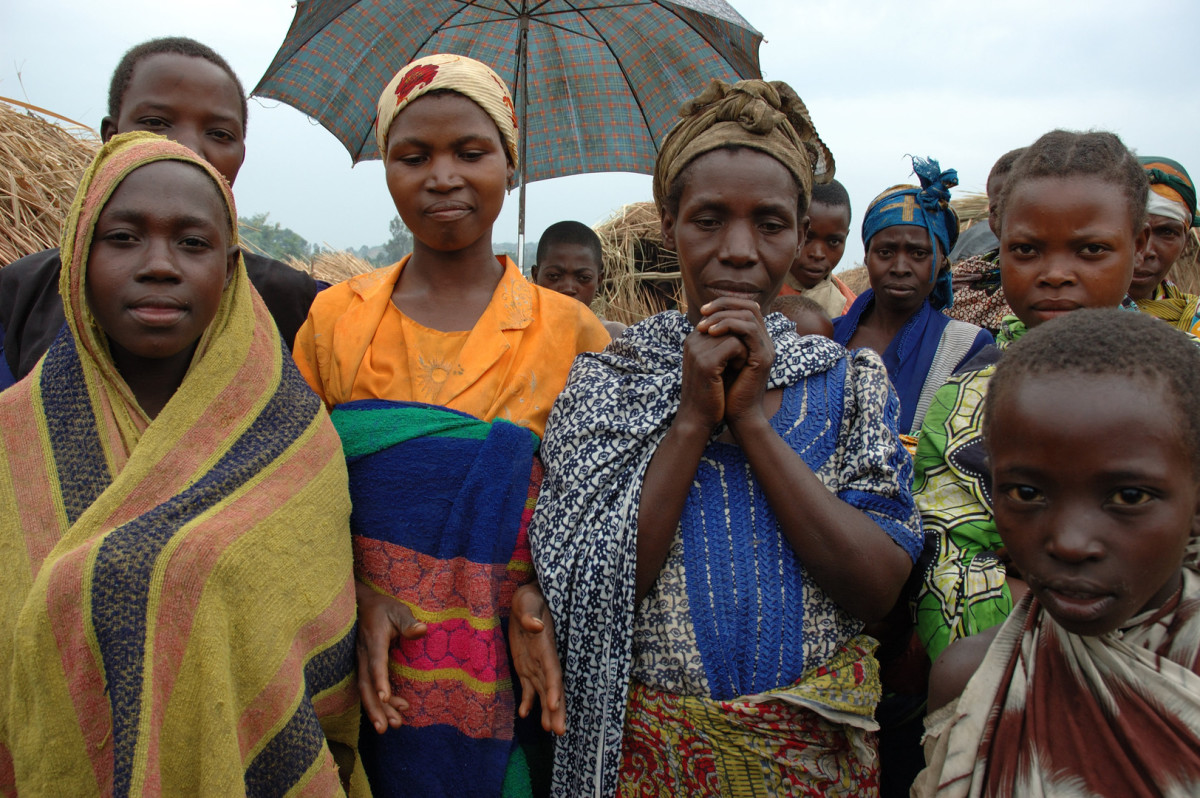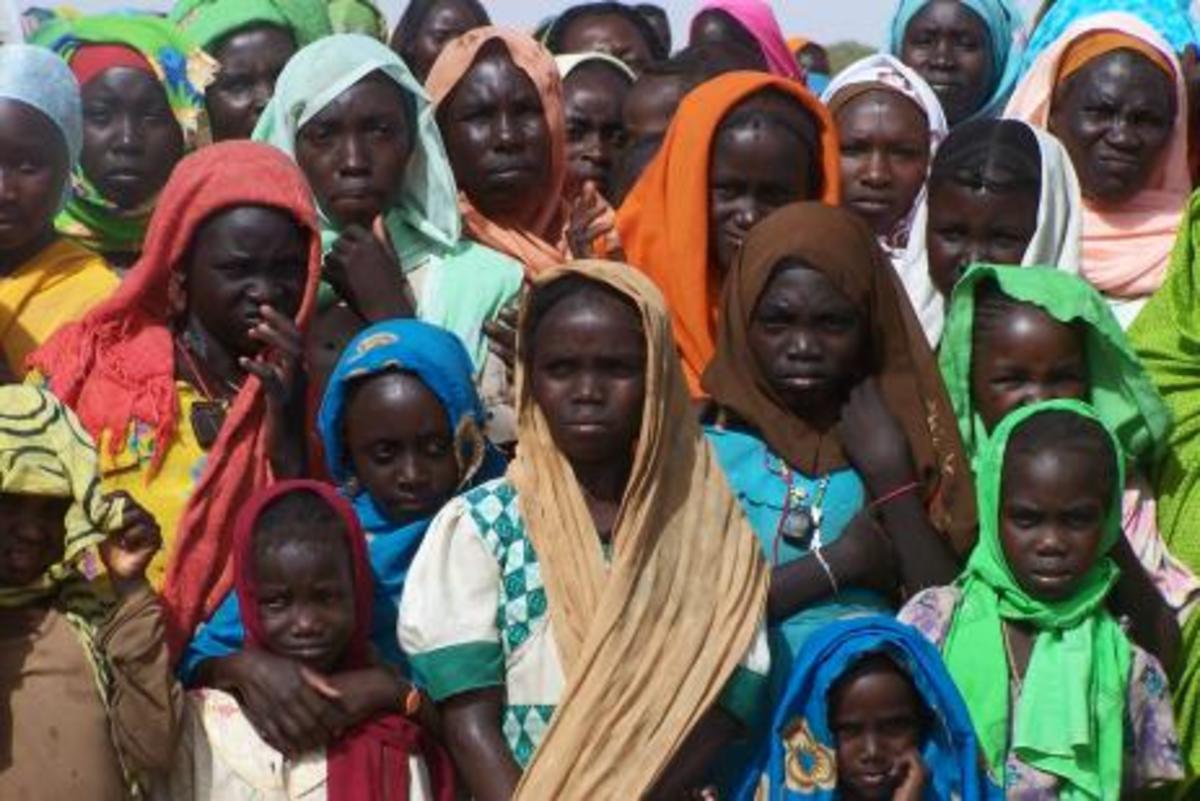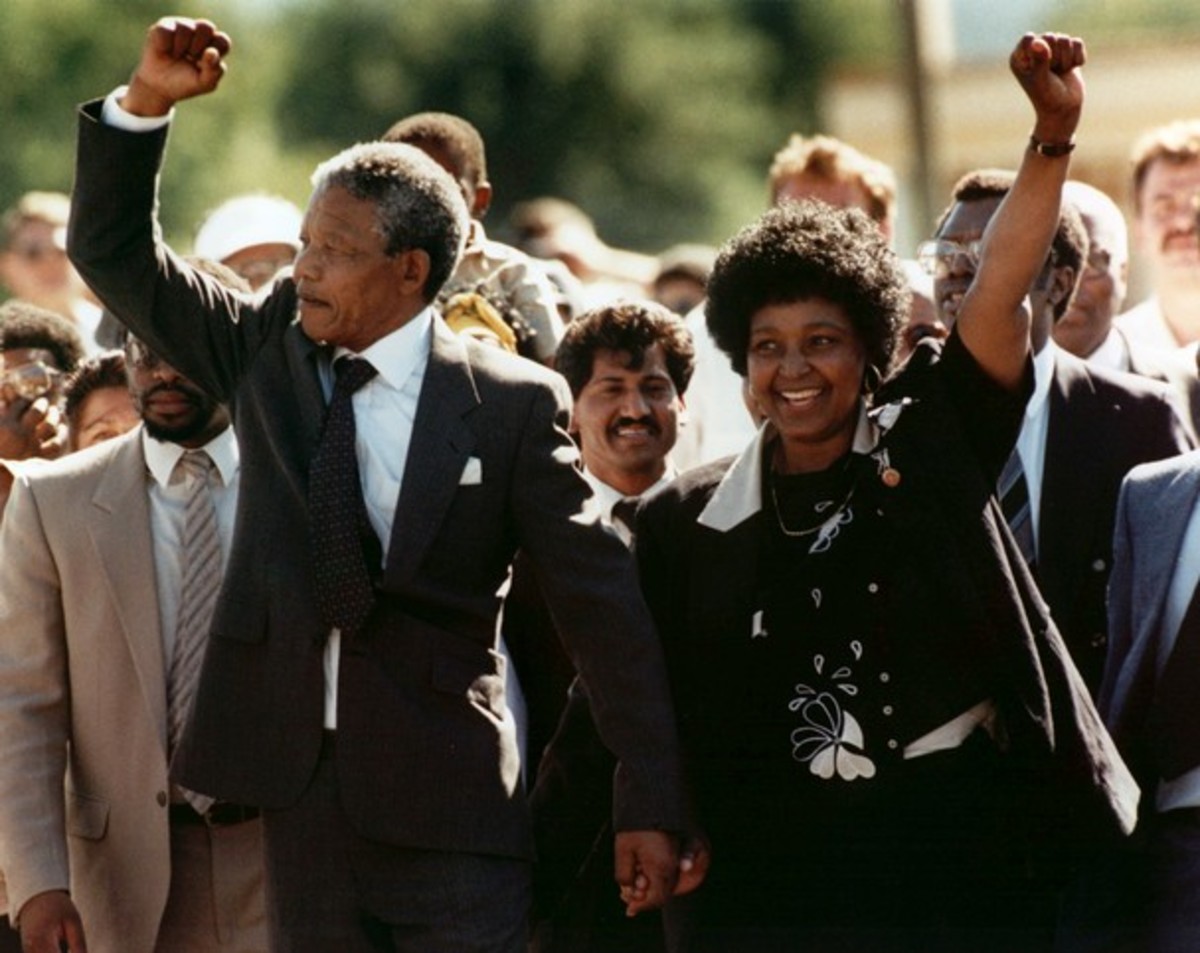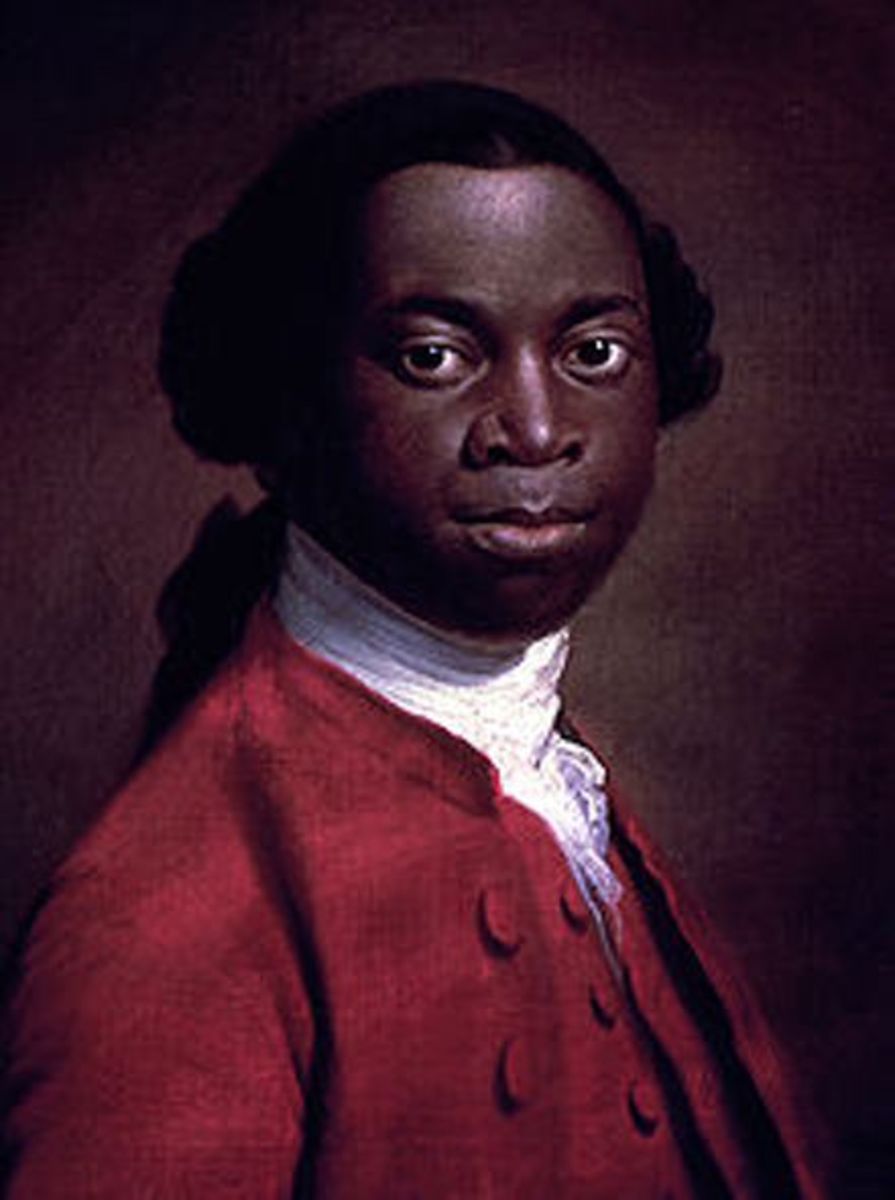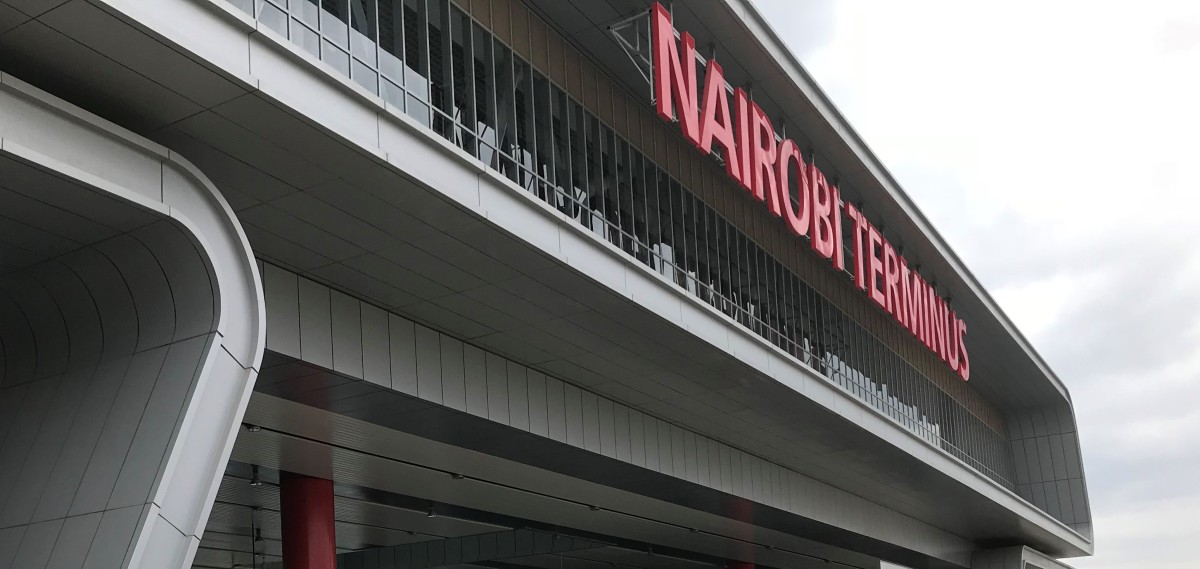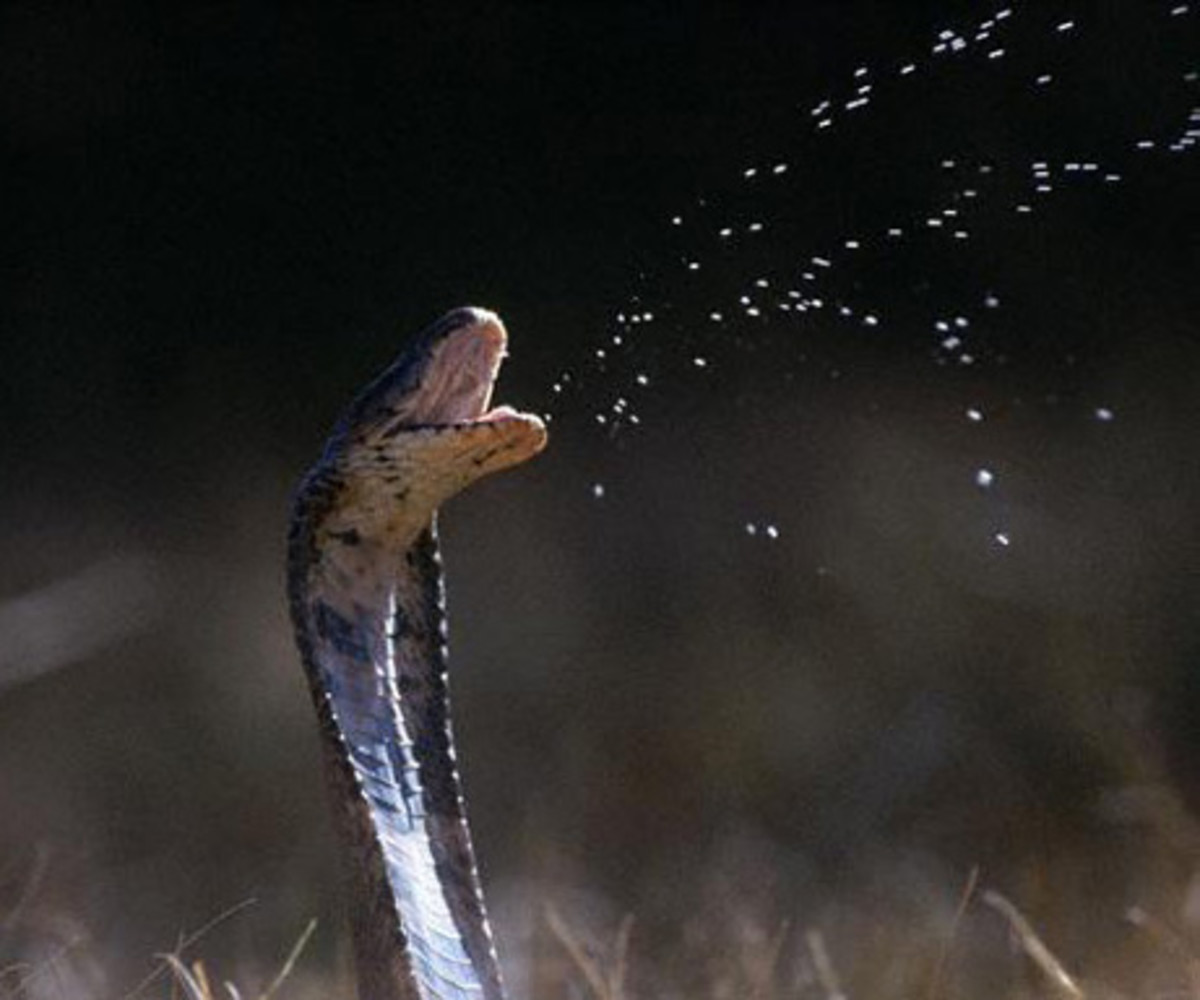- HubPages»
- Travel and Places»
- Visiting Africa»
- Travel to Eastern Africa
Elgeyo People
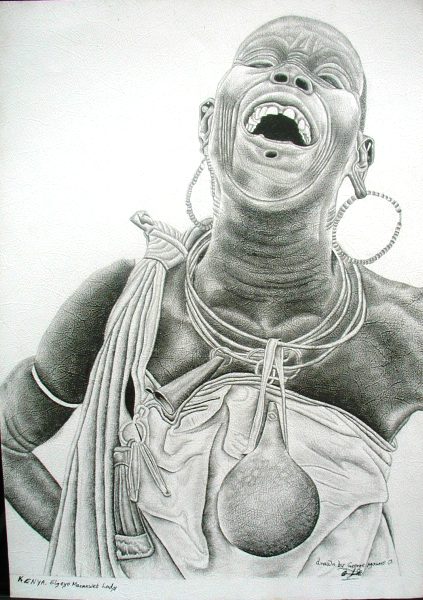
Welcome to the hub series of African people from A to Z . I will proudly present in this article for the letter E The Elgeyo people. It is really very tough to select one from each letter; there are so many lovely people in Africa and with such awesome cultures, I prefer to write an encyclopedia about them all. For now I will have to select only one tribe.
The information for this tribe is somehow mixed. I also found some great web-pages from Kenya, I thought they were more factual but were written in French and other blogs in which the writers merely got their message into my intellectual level. I had to search different places and read everything I found to come up with the answers for my series of African people.
Who are the members of this tribe?
The members of the tribe Elgeyo are one of Kenya's lesser known groups mentioned as the Elgeiyo, Marakwet, Kalenjin, Nandi, Keyu or Keiyo people (approx.144,000 people). This tribe is part of a larger ethnic grouping of eight culturally and linguistically related tribes known as the Kalenjin ethnic group (representing 12% of Kenya's tribes) of nilotic origin.
The name Keiyo or Elgeyo ('El-gay-o') has been used substitutively to define the tribe. The names being disputed comes as a corruption of the former true name which resulted from the Uasin-Gishu Maasai who were the neighbors of the Keiyo in the mid 19th century at the Western side of Eldoret, from where they started to call them Elgeyo.

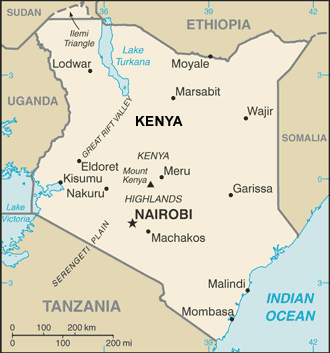
Where are they located?
There are about 42 different ethnic groupings in Kenya which are grouped into larger sub-groups.The Elgeyo moved away from the eastern grazing lands of the Great Rift Valley at the end of British colonial rule in 1963, during the expansion of the Maasai tribe.
They live near Eldoret, Kenya in the highlands of the Keiyo District. The various communities among the Keiyo divided their land into 16 east to west stretches to prevent inbreeding and displacement of a community by other individuals and a system of totems were acquired.
Due to population growth over time, the Elgeyo/Keiyo community gradually moved and settled in urban areas to do business in major urban centers including Eldoret town where they are now actively engaged in business alongside the Marakwets, Nandis and other non-Kalenjins.
Elgeyo Marakwet County is in the Rift Valley Province of Kenya in Africa. The county is also known by the name Marakwet and the dominant community is of the Marakwet tribe.
Kenya
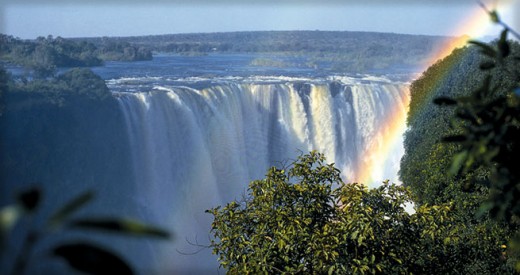
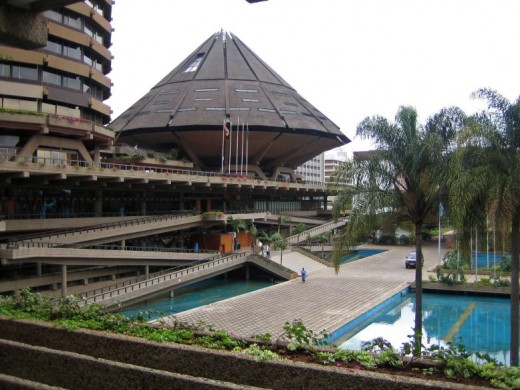
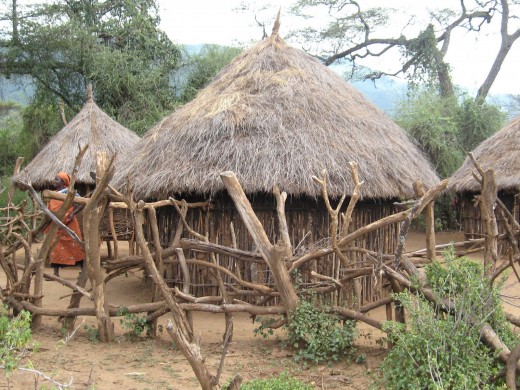
How do they live?
The Elgeyo/Keiyo social organization centers around the age-set, or ibinda. There are age-sets (ibinwek) which are rotational, meaning at the end of one age-set new members of that generation are born. Ibinda was given out at initiation. There ought to be one ibinda between a father and a son. The Elgeyo/Keiyo don't consider a woman to have an age-set, hence she can marry any age-set except that in which her father belongs.
The order is as follow:
- Maina
- Chumo
- Sawe
- Kipkoimet
- Korongoro
- Kaplelach
- Kipnnyigei
- Nyongi
The Elgeyo/Keiyo county is accessible by road through most of the other Rift Valley counties from the capital city of Kenya Nairobi. They also have the benefit of options when a hospital is needed such as:
- Africa Inland Church Kapsowar Hospital
- Iten District Hospital
- Chebiemit District Hospital
How do they communicate
Their language is a dialect known as keiyo (Language code 'eyo') from the macro-language of kalenjin a language of the Southern section of the Nilotic branch, which is part of the Chari-Nile language group of Africa.
How do they survive?
The Elgeyo/Keiyo subsist mainly on grain and the milk, blood and meat provided by their cattle, sheep and goats. They practice small-scale crop farming and livestock rearing.
The Elgeyo/Keiyo people have some banks which in a way could represent diverse perspectives.
- Kenya Commercial Bank
- Barclays Bank
- Co-operative Bank
- Equity Bank
- Post Bank
"They are turning a devastating situation into a life-improving situation." says Shana
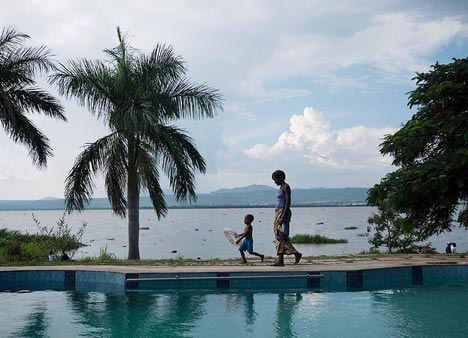
What characteristics define their diversity?
Some characteristics to define their diversity are:
1)Their oral tradition was, and still is to some degree very important; it has four main genres:
- Narrative stories (contain both people and animals. Certain animals have attributes that are concrete representations of character traits).
- Songs (accompany both work and play as well as ceremonial occasions such as births, initiations, and weddings).
- Proverbs (convey important messages in very concise ways and are often used when elders settle disputes or advise youngsters).
- Riddles (involve word play and are especially popular with children).
2)Traditional names often refer to some circumstance when the child was born.
- Kipchoge = a boy born near the granary
- Kibet = a boy born during the day
- Cherutich = a girl born as the cows were coming back home
- Jepkemoi = a girl born at night
3)Diversity among these people are a whole world in itself; let me just mention three from a long list:
- Moses Kiptanui is one of the best athletes of all time.
- Nicholas Biwott is one of Kenya's most powerful politicians and an able administrator.
- Lornah Kiplagat is a world champion long distance runner. She is not one of those people that grew high and forgot from where she came from. Watch the video at the end and you will understand what I mean.
Lornah, Nicholas and Moses
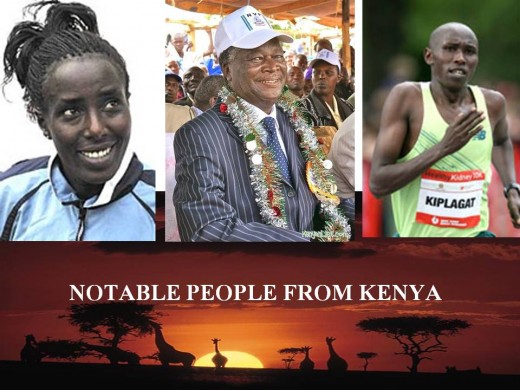
- [GENERAL NEWS] Developments in Kenyan Cities - SkyscraperCity
Transport and Infrastructure
Final Observations
I learned so much searching for this article and I felt diverse emotions from inside out of my heart...this deep, warm feeling of profoundness for Africa grows each second.
"It is not from where you come from, it is about who you want to be...wherever you are ." Is one of the deepest lessons and words that came into my soul after I wrote this article. I went through so many intellectual people from Kenya that I am surprised of many foreign perspectives of Africa; actually one of my intentions with these articles is to expose the diversity of Africa from good to bad, wrong and right, true and false.
Wow! Africa is so big that it is making me grow with it...I invite you to stay up with these articles...we have a long way to grow in their expansion. This was the E from the A to Z series of my African people articles.
Blessings to all!
© Maria Magdalena Ruiz O'Farrill
© 2012 Maria Magdalena Ruiz O'Farrill
